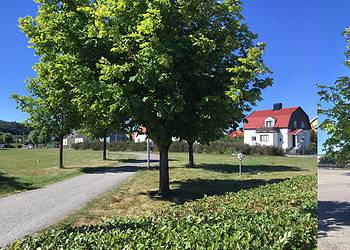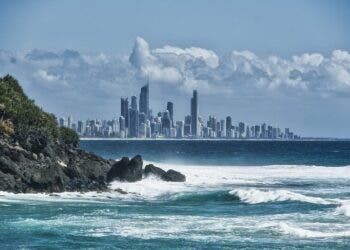Humans have a much more direct impact on weather than you’d think. The huge number of commuters pouring into cities during the week actually makes them warmer and shifts local wind, rain, and cloud patters, a new study found.

During the week, all the people, cars, and operating buildings in cities pour out a lot of heat into the environment. Recently, Nick Earl at the University of Melbourne, Australia found that you can actually tell if it’s a workday or the weekend by the average temperature. Based on more than 50 years’ worth of recordings from Australia’s Bureau of Meteorology, Earl and his team showed that morning temperatures in Melbourne are typically 0.3 degrees C hotter on Thursday or Friday than on a Sunday.
“That’s just the average,” he says. “Some days will heat up more, if for example there isn’t much wind.”
It’s not surprising, given that the city sees some 250,000 extra people and heavy traffic every weekday compared to the weekends. All the air conditioning in office buildings also plays a part. This weekly cycle caught Earl’s eye in the first place.
“Nothing in nature occurs on a weekly cycle, so it must be due to human activity.”
Earl and his team have shown that Sydney, Brisbane, and Adelaide have similar weekly temperature cycles. Tokyo or Moscow also show the same cyclicity. Other weather phenomena, such as wind speeds, precipitation, and cloud cover also tend to be greater in urban centers during the week. These are effects of higher heat and pollution levels, Earl says.
“For example, warmer temperatures in the city create convection, which can suck in more air from outside, affecting wind speeds and direction,” he added.
Knowing how human activity impacts weather and average temperatures can help adapt to freak weather patterns and save lives. This can become especially useful in hot areas or countries, such as Australia, where heatwaves can claim the lives of a lot of people.
“For example, during heatwaves, you could ban cars from the city so that it doesn’t warm up as much.”
It could also help urban planners counteract the effect, for example by requiring roofing to be made of deflecting material which can cool down cities.
The paper will be presented at the annual conference of the Australian Meteorological and Oceanographic Society in Canberra next month.






